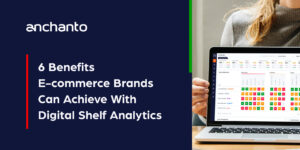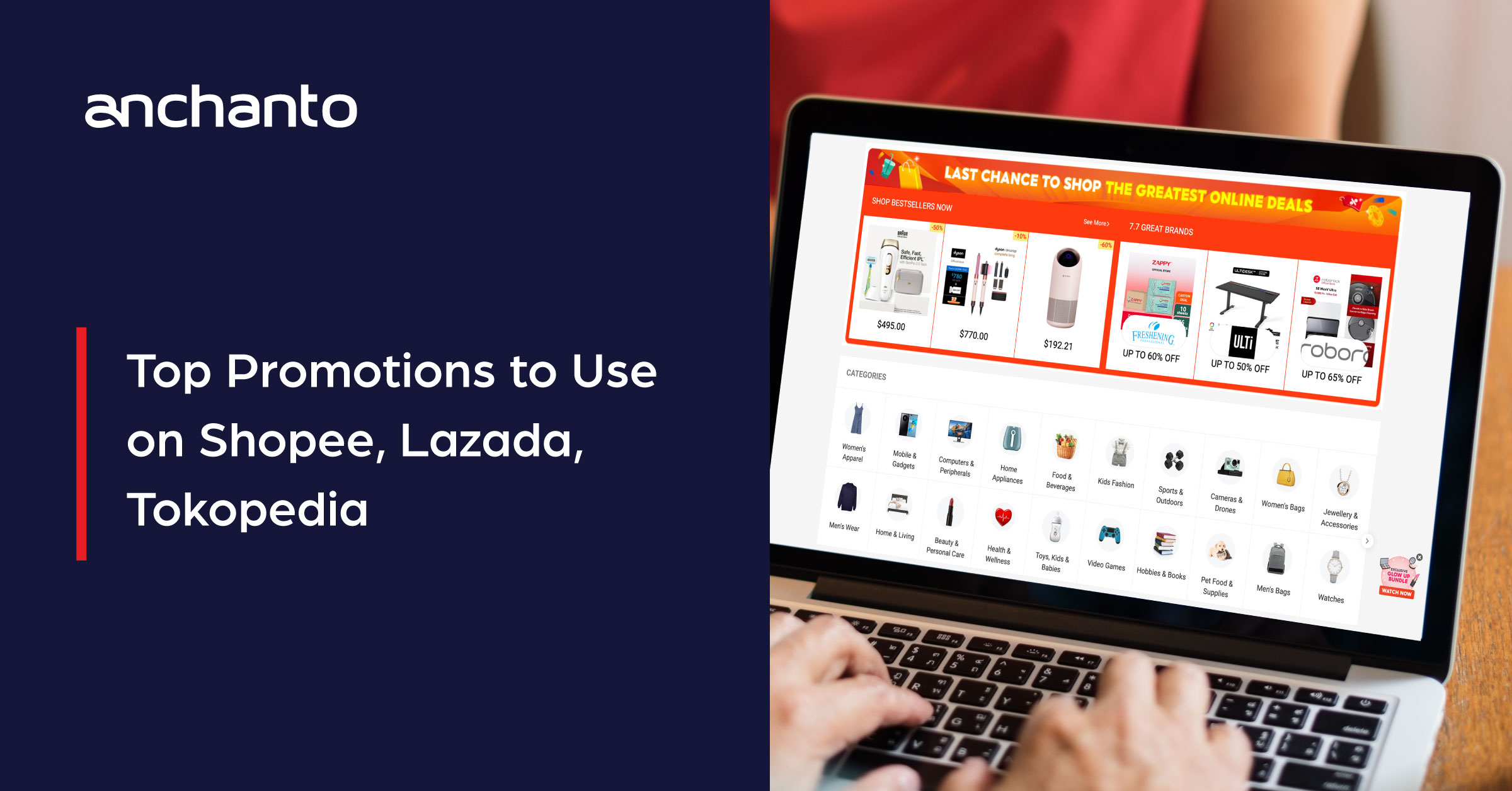
Risks of Grey Market Sellers: How They Harm Your E-commerce Brand
As brands navigate digital retail, they often find themselves challenged by the grey market. The grey market refers to the unauthorized sale of genuine branded products through unauthorized channels. This elusive market poses significant threats to brands, ranging from brand dilution to financial losses. In this article, we delve into the perils of the grey market on e-commerce platforms, unveiling its impact on brands.
Consequences for brands can be severe, as their reputation may be jeopardized, customer loyalty undermined, and legal battles ignited. Join us on an informative journey as we shed light on the hidden dangers lurking within the grey market and equip brands like yours with the knowledge needed to navigate these treacherous waters successfully.
In this blog, we will cover:
- The risks grey market sellers impose on brands
- Case Studies of how grey sellers affect brands
Understanding the risks of grey market sellers on brands
The grey market has become increasingly pervasive with the continuous growth of online shopping. E-commerce sales channels require less investment to set up shop, making them the primary choice for grey market sellers.
These unauthorized resellers seize every opportunity to profit from established brands, often at the expense of the brand’s reputation and bottom line. Brands must understand the risks associated with the grey market to effectively combat the negative consequences. These include:
- Dilution of brand reputation
One of the primary risks of the grey market is the dilution of brand reputation. When grey market sellers flood e-commerce platforms with genuine branded products, the brand’s exclusivity and perceived value diminish. Customers become uncertain about the authenticity and quality of the products they purchase, eroding trust in the brand. This can have a long-lasting impact on customer loyalty and overall brand perception.
Moreover, grey market sellers may not prioritize customer service or product quality like authorized retailers who have to follow brand policies and guidelines. This can lead to inconsistent and negative experiences.
- Disruption of pricing strategy
Another risk is the disruption of brand pricing strategies. Authorized retailers invest significant resources in setting prices that align with their brand positioning and market demand. However, the presence of unauthorized sellers in the grey market can lead to inconsistent pricing and price undercutting. This not only undermines the brand’s pricing strategy but also creates an unfair competitive advantage for the unauthorized sellers. As a result, brands may experience significant financial losses and find it challenging to maintain profitability.
- Channel conflict
The risks of the grey market can also go beyond reputation and financial implications. It can create channel conflicts for brands. Authorized retailers who adhere to the brand’s policies and guidelines may feel betrayed when they discover the presence of unauthorized sellers offering the same products at lower prices. This can strain relationships between the brand and its trusted retail partners, potentially leading to a loss of distribution channels.
- Warranty and Support Issues
Grey market products might not be eligible for official warranties, and brands may be unable to provide support for items not sold through authorized channels. Consequently, consumers purchasing from grey market sellers risk being left without the protection of a warranty, leaving them vulnerable. This can lead to customer dissatisfaction, poor reviews, ratings, and sales, which is one of the most significant risks of grey market sellers.
- Counterfeit Risk
Grey market channels can create an environment where counterfeit products are more easily mixed in with genuine ones, harming brand reputation and consumer trust. Counterfeit products often bypass quality control measures implemented by legitimate manufacturers, leading to substandard materials and construction. This can result in products that fail to meet safety standards or contain harmful substances, endangering the health and well-being of consumers.
Additionally, counterfeit goods frequently lack warranty and after-sales support, leaving consumers vulnerable to financial losses and inadequate recourse in the event of product malfunction or failure.
Understanding these risks is crucial for brands to develop effective strategies to combat the perils of the grey market. By acknowledging the potential consequences, brands can take proactive steps to protect their reputation, pricing strategies, and relationships with authorized retailers.
Reach out to our experts to learn how you can overcome the risks and challenges of the grey market.
Case studies of brands affected by the grey market
The perils of the grey market on e-commerce platforms are not mere assumptions; they are real challenges with real consequences for brands. Several prominent brands have fallen victim to the grey market, suffering both financial and reputational losses.
On the Shein Marketplace, according to Modern Retail, numerous renowned fashion brands find themselves caught in the grey market web [1]. Take, for instance, the case of Hoka One One sneakers, which are prominently featured on Shein Marketplace with claims of being “100% authentic.” However, Hoka denies any association with Shein, asserting that Shein is not an authorized retailer of their products. According to a spokesperson for Hoka, authentic Hoka products can only be guaranteed through official channels such as hoka.com or authorized retailers.
Similarly, Shein Marketplace lists clothing from British fashion designer Paul Smith, also touted as “100% authentic.” Yet, Paul Smith denies any affiliation with Shein, stating clearly that they neither supply stock to nor directly sell through Shein as a marketplace.
The Economic Times also states that other prominent brands, including Lacoste, Puma, Benetton, Canon, and Nikon [2], are taking proactive measures in response to the challenge. Their actions range from legal proceedings and customer warnings to negotiations with major retail platforms to address the issue.
Beyond the immediate impact on potential sales, the presence of counterfeit and refurbished items online significantly undermines brand equity and casts doubt on the credibility of the entire e-commerce industry.
Rajesh Jain, director & CEO at Lacoste India, underscores this concern, stating, “While there is a certain loss of sales due to such fraudulent listings, it also jeopardizes the brand reputation, which is paramount to us.”
These examples of actual brands highlight the real-world impact of the grey market on their business, underscoring the importance of proactive measures to combat its presence on e-commerce platforms.
One such measure you can take is the monitoring of grey market sellers. For the reasons mentioned in the article, these unauthorized sellers are a growing concern that many brands struggle with today. And given the vast landscape of the e-commerce market, it’s not easy to shut down the risks of grey market sellers completely. However, by making efforts to identify and monitor these sellers, you can track their activities and collect proof of the impact they have on your brand, policies, and revenue. That will give you the ammunition you need to shut them down legally.
Want to learn how to successfully monitor grey market sellers? Contact Anchanto or discover the secrets to effectively monitor grey market sellers by diving into our comprehensive resource: the Ultimate Guide to Grey Market Seller Monitoring!
Contact our experts to secure your business against grey market sellers!
References –
[1] – modernretail.co – Shein’s marketplace is littered with gray-market products from top brands like Hoka
[2] – economictimes.indiatimes.com – Beware! Fakes, grey market imports of reputed brands flourishing in India’s booming online retail market












